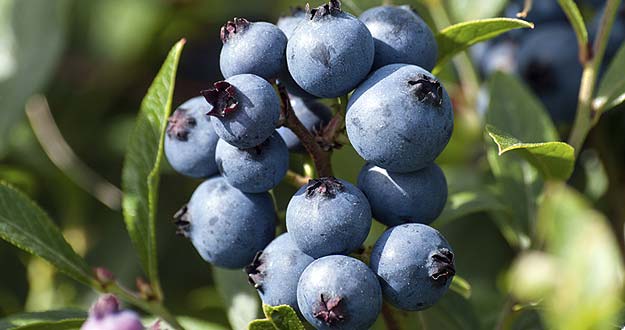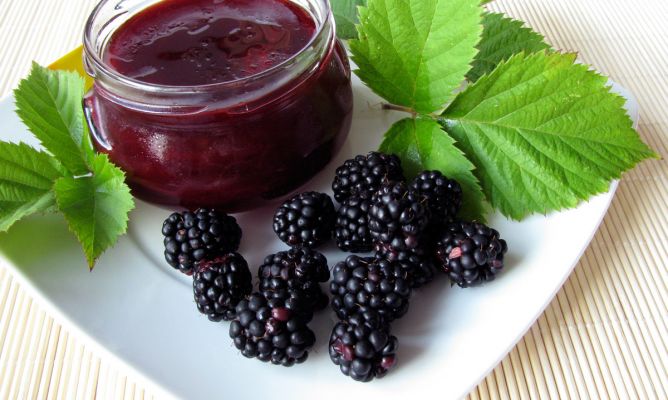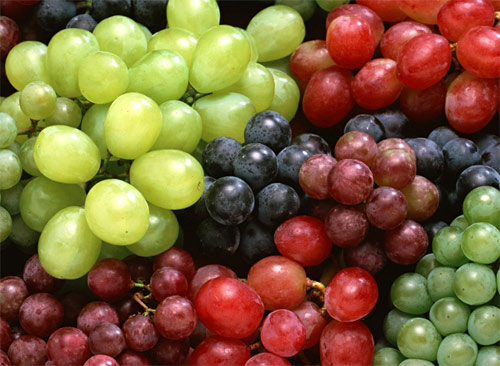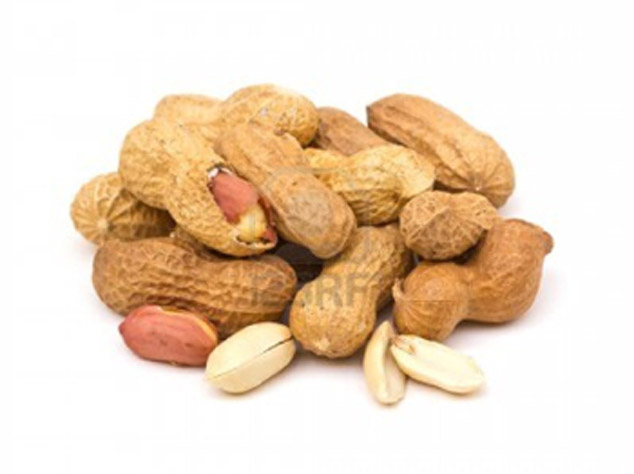Blueberries, blackberries and red wine are some of the foods and drinks, in which thepterostilbene, a phenolic compound (a phenol is an aromatic ring, attached to at least one functional group. Many are classified as secondary metabolites of plants, those products biosynthesized, in plants, that possess the biological characteristic of being by-products of their metabolism), that is present in small amounts, has reduced body fat accumulation and may decrease the risk of have other diseases like diabetes, in animal testing.

Blueberries

Blackberries

Red wine
So it has been demonstrated by an investigation of the University of the Basque Country (UPV) and the Carlos III Institute of Health, in collaboration with the Department of Agriculture of the United States of America (USDA) and it has been published in the “Journal of the Agricultural and Food Chemistry”.
In the pre-clinical study, conducted, the pterostilbene reduced body fat, due to a reduction in fat synthesis, in adipose tissue, and increased oxidation in the liver.
Obesity is a chronic disease, that is defined as an excessive accumulation of body fat and it is caused by many factors, as reported by the UPV, in a note.
This is a highly prevalent metabolic disease, in developed countries, and an important risk factor, for developing certain diseases and disorders, such as insulin resistance, diabetes, fatty liver, alterations in plasma lipids and hypertension, among others.
Traditional guidelines, for the prevention and treatment of obesity, include tracking a low calorie diet and practice of moderate physical activity, over time.
However, the effectiveness of these strategies is limited and success is not always achieved the desired. In this context, to include some functional ingredients, in the diet, opens new prospects for treatment.
As examples of these ingredients, are phenolic compounds, including pterostilbene, that is also present in grapes and peanuts, among other foods.

Grapes

Peanuts
At present, there are few studies analyzing the effects of this molecule, and are primarily focused on cancer.
The study, in this research, is the first pre-clinical work, that analyzes the effects of this phenolic compound, on obesity, in an animal model.
These promising results, which have led to a patent, may be the starting point for the implementation of future intervention studies, in humans, to confirm this effect for anti-obesity.
I hope that is so, that researchers can apply this method to human patients.
Until my next post, kind regards,
Luis.
Sponsored by Costaluz Lawyers.
Please click below:
